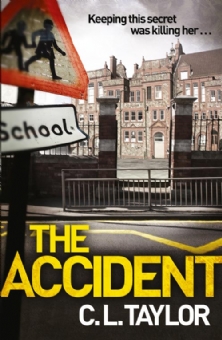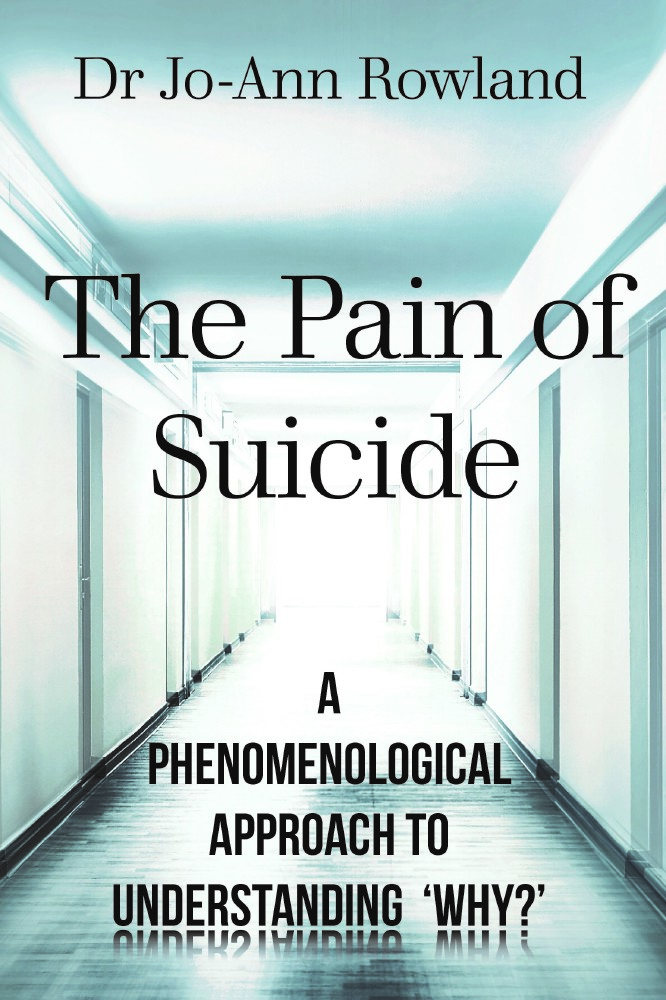
Why would a teenage girl deliberately step in front of a bus?
It’s obvious that a fiction book called ‘The Accident’ and marketed as a suspense thriller is going to be about something more chilling than a simple accident, and so it proved with C. L. Taylor’s crime debut.
The premise
Sue Jackson is horrified when her teenage daughter, Charlotte, attempts to commit suicide. Weeks later, as Charlotte remains in a coma, Sue reads her daughter’s diary in the hope of finding answers. Instead, she finds only a frightening question: what was the secret Charlotte could no longer bear to live with?
My thoughts
From the opening pages, the first-person narrative successfully creates suspense. Sue appears to distrust her husband, sending him away on an errand while she asks her comatose daughter whether or not her secret has to do with him. As the relatively short chapters fly by, it becomes clear that Sue is paranoid and unable to trust even those closest to her, but it’s equally clear that husband Brian is lying to her.
Sue’s paranoia means she’s a difficult character to empathise with initially. Her husband previously had an affair with a younger woman, but her willingness to believe he has committed incest is difficult to credit. Taylor aims to alleviate this by interspersing chapters following Sue’s modern-day investigation into Charlotte’s life with entries from Sue’s own diary.
Written twenty years previously, the diary entries focus on Sue’s developing relationship with James. Initially I found this switch in focus a little disconcerting, but as both plot lines develop, a nice rhythm builds up and it is to Taylor’s credit that I never found myself simply skimming one narrative thread in order to return more swiftly to the other.
Taylor successfully creates an atmosphere of menace throughout the 400 pages.
The trajectory of Sue and James’ relationship is rather predictable and I became frustrated with her justifications, but I felt it was (sadly) a largely realistic representation. (Taylor explains in a sort of afterword that she was involved in a similar relationship, so she has some personal insight here.) The predictability wasn’t a problem because I was still interested to see what would happen next and the storyline did help to make Sue’s 43 year old character more understandable.
Sue’s investigation is largely carried out by conversation, particularly with her daughter’s friends and boyfriend. None of these characters want to talk to her, so much of Sue’s time is spent trying to exert pressure on them to reveal what they know. This is certainly more realistic than some crime novels where characters suddenly become super-sleuths whose knowledge of some hobby or friends in particular places help them to achieve what an ordinary Jane or John Jones couldn’t.
However, this conversational approach does make Sue’s urgency striking in contrast to the more typical concerns of her daughter’s school friends, who just want to avoid being reported to their mothers. She’s a disturbed and unreliable narrator with a history of mental illness whose husband tries to insist she take anti-anxiety medicines, but just as the reader begins to wonder whether Sue herself poses the greatest threat to Charlotte, there’s a chilling development.
Final thoughts
Taylor successfully creates an atmosphere of menace throughout the 400 pages, which is perhaps particularly impressive when evaluated in light of the fundamentally domestic nature of events in the novel. Sue’s predicament is crucial to this feeling of menace and the book is a chilling addition to the vast body of fiction which features women in deadly scenarios who are not believed due to (perceived or actual) mental illness.
The storyline was a little far fetched in places – it’s almost like Taylor thought ‘How could I make this even more dramatic and creepy?’ – and James’ character risks becoming a bogeyman rather than a genuine threat, but it remains interesting throughout. Once Sue has uncovered the secret, events happen quickly and, in a brief final chapter, everything is settled. I think I would have preferred a different ending, but Taylor’s ending at least resolved everything quickly and neatly without pages of tedious explanation.
The marketing blurb claims the book is ‘fast-paced and suspenseful…perfect for fans of Before I go to Sleep, Gone Girl and Sophie Hannah’. Tick, tick, tick…I should love this. It is fast-paced and suspenseful, but ‘Before I go to Sleep’ was more chilling, ‘Gone Girl’ was cleverer and Sophie Hannah’s novels are far more concerned with the inner psychological workings of her characters. (Her endings would never dismiss motives in as few words as Taylor’s does.) This isn’t to say that Taylor’s debut isn’t a good read, simply that it isn’t quite as compelling as the works the marketing department have compared it to.
Overall I did find this quite gripping and would be happy to read her next novel, ‘Before I Wake’, though I’d be perfectly content with a library copy; I didn’t find this book sufficiently compelling to think that I might want to re-read it.


